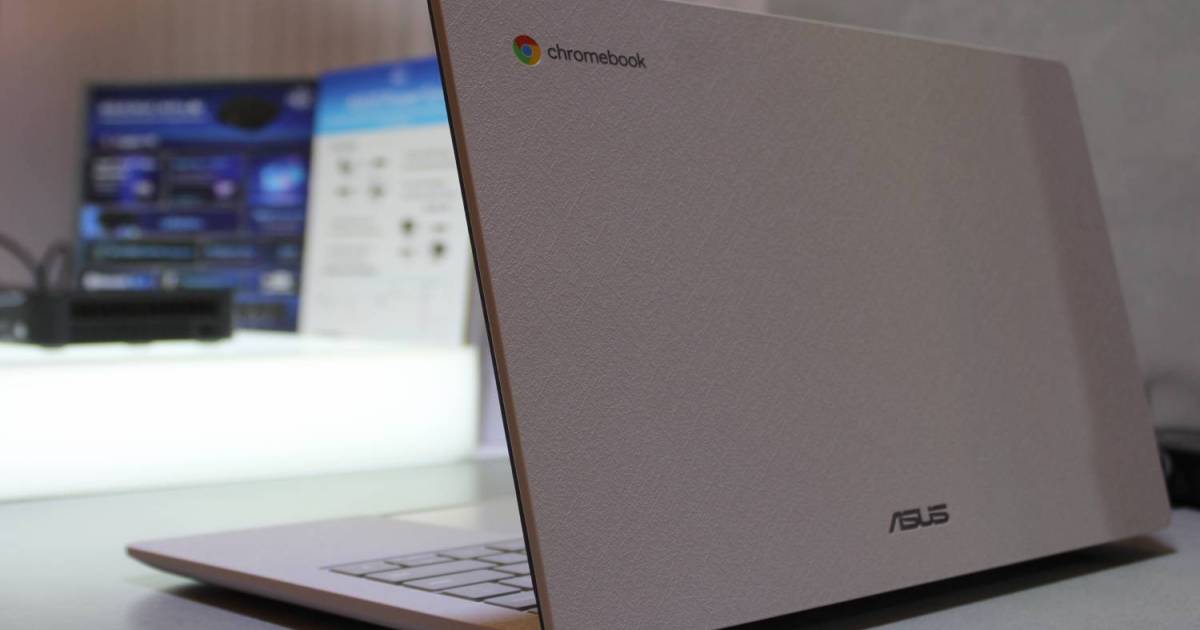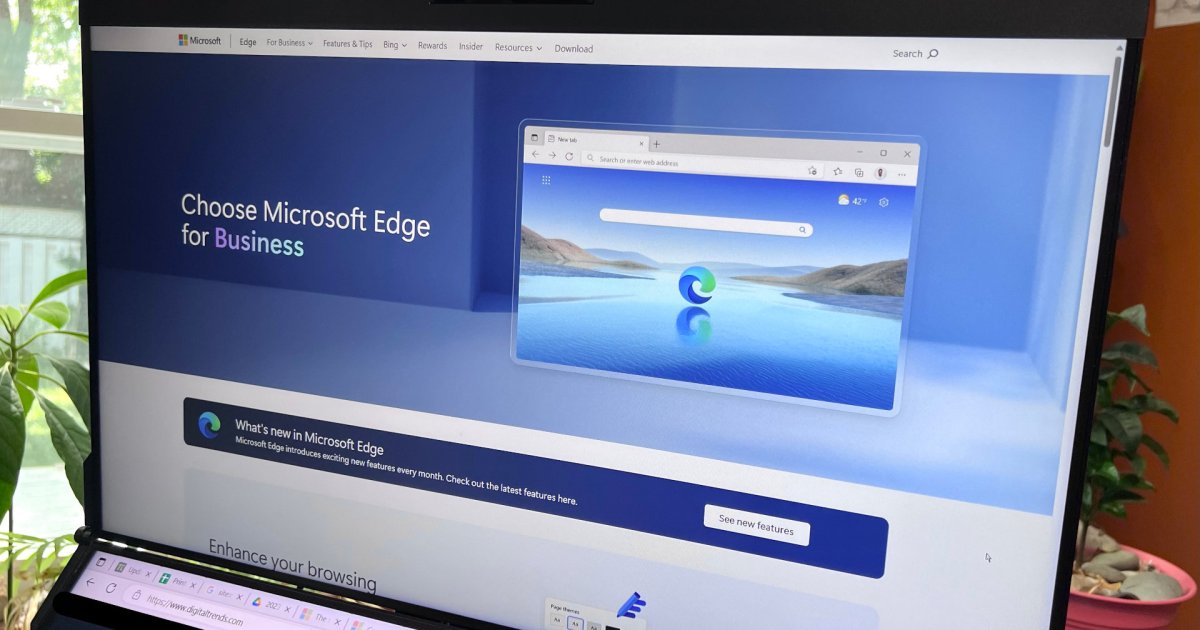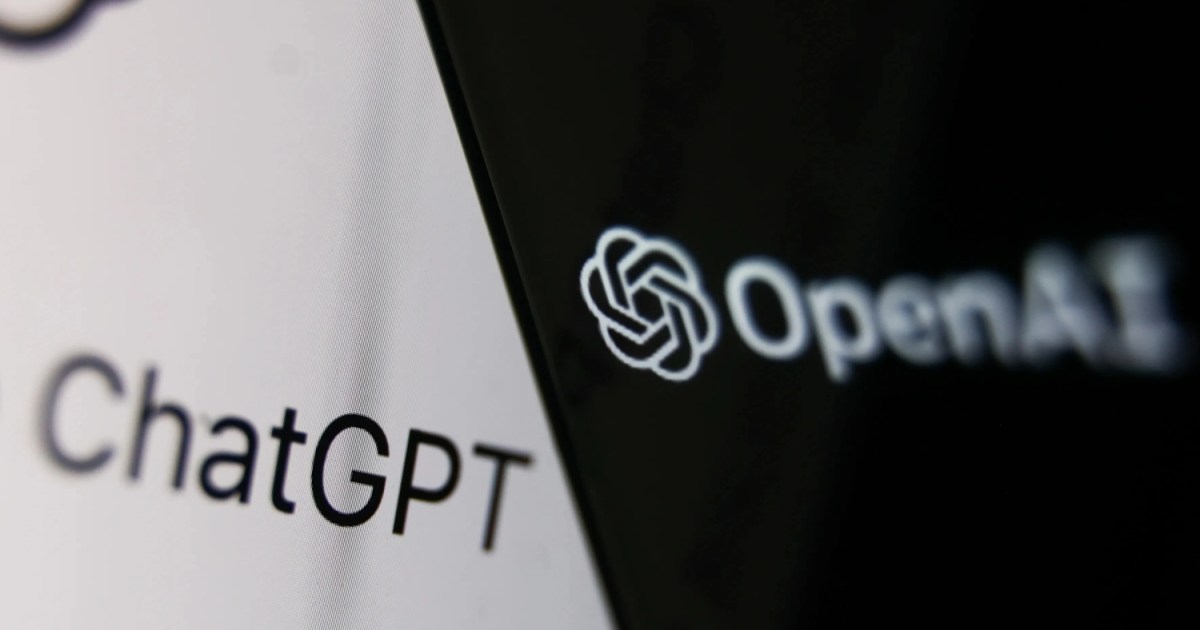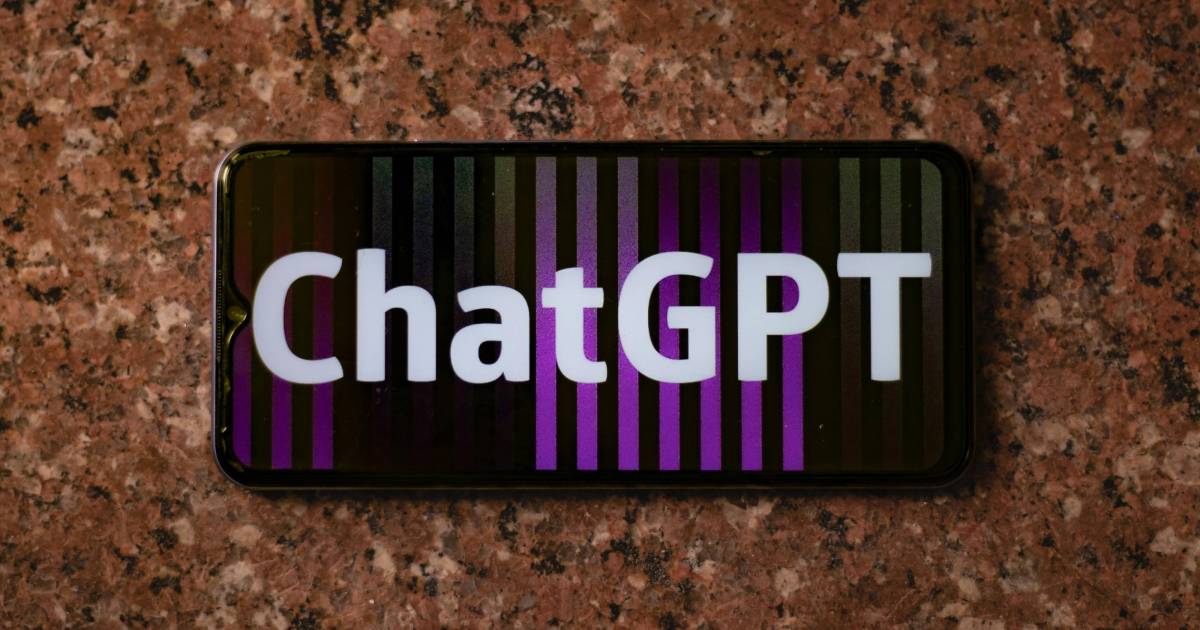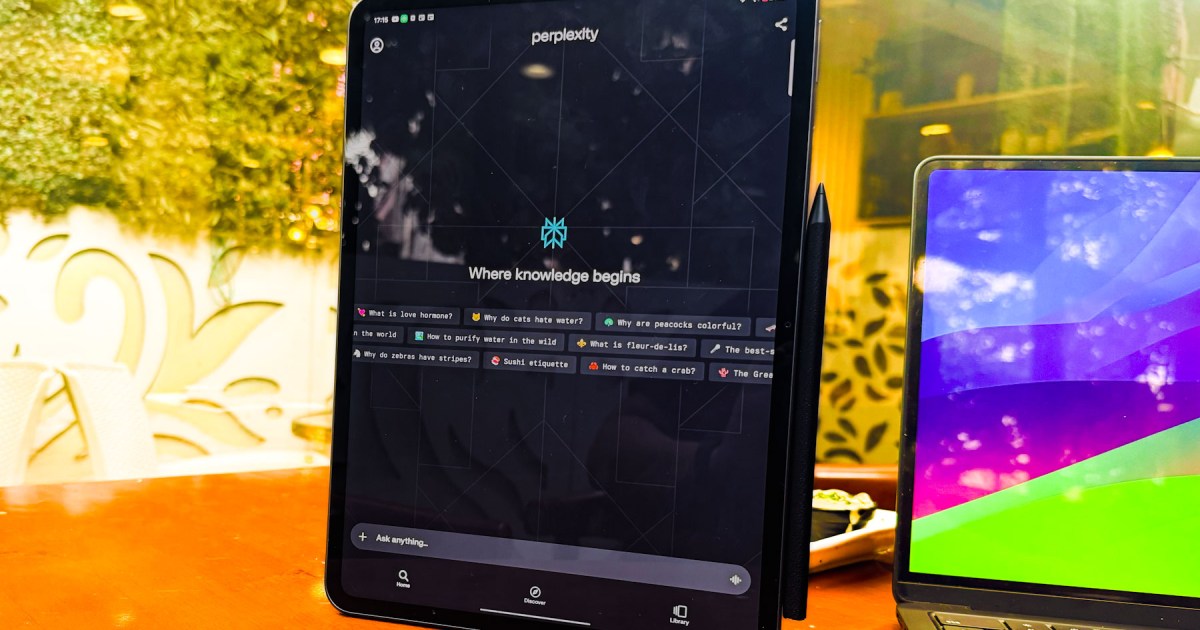Google is rolling out new accessibility features for ChromeOS, enabling users to control their Chromebooks with facial expressions, as detailed in their recent blog post. This feature, initially unveiled in early December, significantly benefits users with motor impairments.
Google’s commitment to accessibility is well-established. The company previously developed Project Gameface, an open-source AI accessibility tool initially for Android and later announced for Windows. A video demonstrating the Chromebook feature and its usage is available.
https://www.youtube.com/watch?v=6rO0q9ngVh8[/embed]
Beyond accessibility advancements, Google is also expanding its Chromebook lineup with over 20 new devices in the Chromebook Plus and standard Chromebook series, including the Samsung Galaxy Chromebook Plus. Furthermore, Chromebooks are poised to receive a substantial free AI upgrade.
Educators will also benefit from new classroom-focused features like Class Tools. These tools empower teachers to manage student screens in real-time using shared pairing codes. Teachers can distribute content directly to Chromebooks, enable translation and live captions, remotely view student screens, and share student work with the class.
Furthermore, Google is integrating with Figma’s FigJam, an online whiteboard platform for student brainstorming and collaborative projects. This integration facilitates teacher observation of student contribution during group work. These advancements equip educators with valuable tools to simplify teaching and enhance learning experiences.



